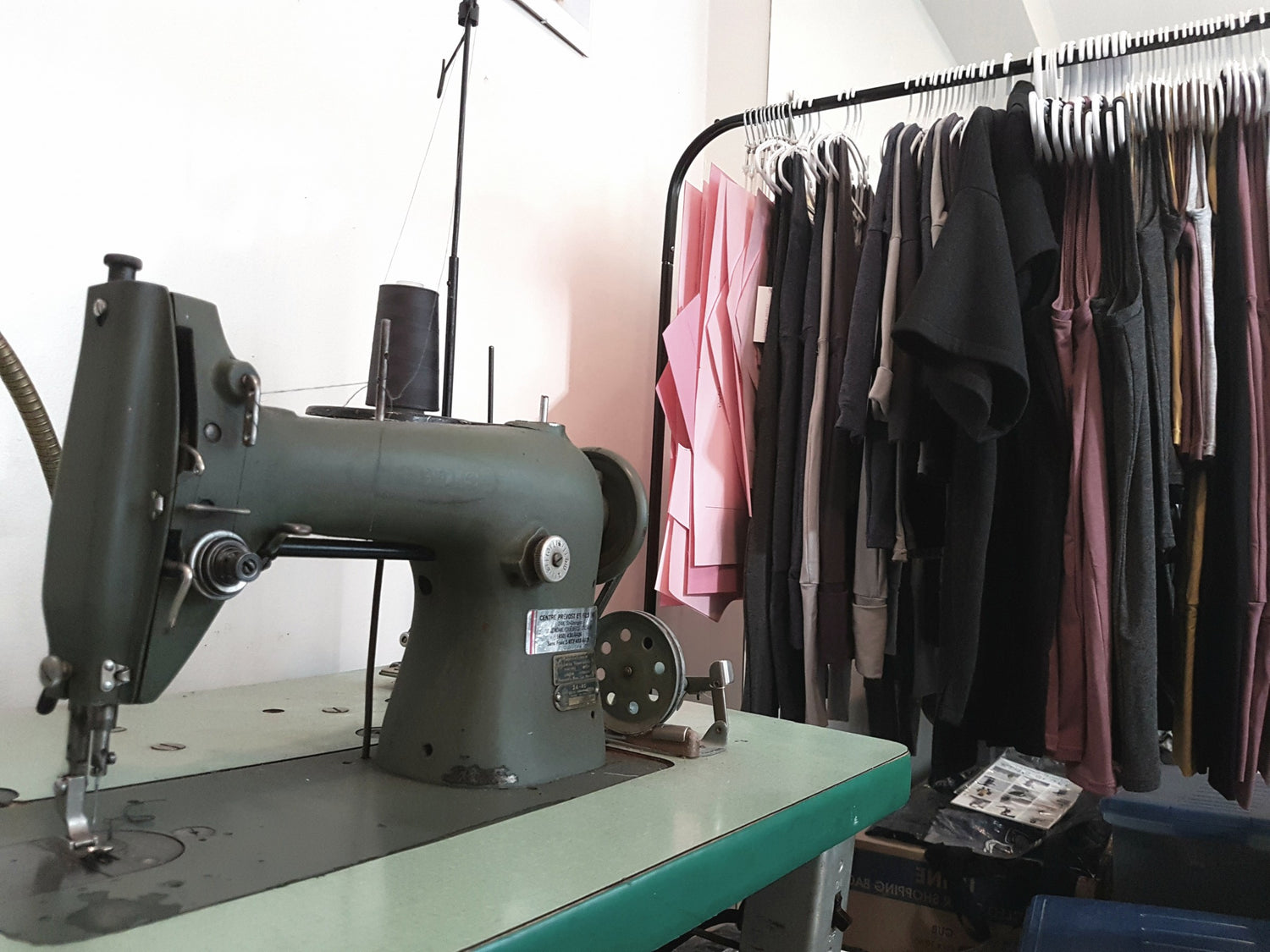Over the past fifty years, the fashion industry has undergone profound transformations. A drastic change of direction has taken place, giving rise to fast fashion . Clothing has become much more affordable and, therefore, more easily disposable.
But, who says lower production costs means cuts in safety measures on the manufacturing premises, whether for personnel or the environment. To date, the fashion industry is the second most polluting industry in the world, only preceded by the oil industry ( Morgan, 2015 ). The materials used in the design of what we call ready-to-wear are a key point of the current problem. The resulting impacts and possible alternatives will be studied in more detail in the following article.
The Truth Behind Fiber
The cotton
Cotton is one of the best known textiles, as well as one of the most used. However, cotton growing remains one of the most polluting crops in the world. Indeed, 10% of chemical fertilizers and 25% of pesticides produced in the world are used in the cultivation of this fiber ( Cloutier, 2013 ). Such untimely use of chemicals has serious environmental consequences: soil pollution, contamination of groundwater and waterways by runoff, etc.
At the human level, the use of pesticides and insecticides greatly compromises the health of those who are in contact with such substances. Indeed, in the producing regions, there is an upsurge in cancers as well as mental and congenital illnesses (Morgan, 2015). And while we are increasingly worried about the effects of GMOs (genetically modified organisms) in food, we should know that the cotton in our clothes can also be genetically modified.

Credit: O'Lou
However, there are several other textiles that can replace cotton. Take, for example, organic cotton, cotton produced without the addition of pesticides. Linen also does not require the use of pesticides, as do wool and hemp ( Meemoza, 2017 ). Recycled cotton and bamboo are also among the existing alternatives to cotton ( Message Factory , 2017).
At Signé Local, several companies already use such materials. Note, among others, Gaia & Dubos , Kid's Stuff, Éco&Éco and O'lou , to name a few.
The leather
On the leather side, the impacts are rather similar to those of cotton, with a few differences. Note the use of chromium during leather tanning, a toxic product whose fumes are very dangerous (Morgan, 2015). The fate of animals exploited in this industry also often leaves much to be desired; the animals are treated with cruelty and suffer a lot.
However, chrome-tanned leather can be replaced by vegetable-tanned leather, which is leather tanned using plants, which is much healthier. Miljours , in particular, uses this technique in the design of all its bags.

Credit: Miljours
Jeans
The denim, constituent of our dear jeans, is not innocent either. Water wastage is immense in the production of a single pair of jeans; it's nearly 10,000 liters of water for a single pair of these famous pants. Of course, half a kilo of chemicals must be added to obtain the desired product (Cloutier, 2013). For the faded effect of some models, high pressure sandblasting techniques are used. In the projected grains of sand, there is silica, a product responsible for several lung diseases developed by factory employees, because the factory does not provide them with the necessary protective equipment (Cloutier, 2013).
For a more responsible choice, it is better to opt for jeans made from organic cotton and take them unwashed (Cloutier, 2013). Message Factory is a company that uses several alternative materials, including denim made from organic cotton.
Vegetable fibers
While the virtues of rayon and modal are touted because these plant fibers are eco-responsible, these materials are not always as flawless as they lead one to believe. Unbeknownst to retailers and consumers, some productions come from ancient forests ( Gagnon-Paradis , 2014). This can therefore threaten species or upset the precarious balance of certain ecosystems.

Credit: Alex Krivec
However, plant fibers, such as rayon and modal, if we make sure that they come from sustainable forests, are still real keys to clothing pollution. To these are added Tencel and Lyocell, two fibers which are appearing on the market and which constitute very interesting possibilities to consider in the future. (Gagnon-Paradis, 2014).
Among the Signé Local members, the women's clothing company Meemoza is undoubtedly a company that stands out thanks to the use of these fibers and several other responsible textiles.
Working conditions
It should not be overlooked that the working and living conditions of employees in the textile industry are appalling. They often include poverty wages, inadequate labor standards if they are not simply absent, banned unions, unsanitary and often unsafe workplaces, etc. In short, we get a very unflattering portrait of this industry that prides itself on selling beauty!

Credit: Messagefactory
The place and role of the consumer
If you look at the situation, it is easy to despair when you see the colossal recovery that must be done in the fashion world. Some will say to themselves that there is nothing to be done, that a change in their way of life will have nothing significant. And that's where they go wrong! Our society is based on capitalism, an economic system which, if we simplify it, consists in producing a supply that meets consumer demand in order to make a profit. Moreover, it is at the top of this chain of production and sale that the consumer is located. Indeed, it represents, in a way, the cornerstone of this economic system.
If the consumer's interest is in clothing items that are more respectful of the environment and come from fair trade (therefore ensuring adequate living and working conditions for textile workers), fashion has every interest in turning to these same products if she wants to continue to get rich. It is enough for everyone to do their part to trigger a mass movement in the face of which fashion would have no other choice but to adapt.
Local purchase
Responsible materials are not the only possible solutions. Another means, which is strongly promoted by Signé Local , is buying local. By purchasing a product designed and manufactured in Quebec, we ensure that the employees who contribute to its manufacture are well paid and that they work in good conditions thanks to the existence of labor standards in Quebec .

Credit: Eco&Eco
slow-fashion
However, I am not so naive as to think that everyone can afford to double or triple their clothing budget to buy more responsible clothes, being a student myself. In this case, a very simple option presents itself to you: focus on the essentials. We must limit our purchases to what we really need.
Finally, as consumers, we have a role, but above all a responsibility in the environmental and social impact of fast fashion . It is also imperative that the big names in the fashion empire permanently change their production methods. With revenues amounting to approximately $3 billion per year (Morgan, 2015), the industry in question has ample means to opt for ethical fashion that respects the environment and its employees.
It's time to abandon this overly greedy capitalism that rules the fashion world for principles of fairness, respect and eco-responsibility that respond to current concerns.
Reviewed by Marie-Eve Patry
Cover: Kid's stuff – Trucs d'enfants






Leave a comment
This site is protected by hCaptcha and the hCaptcha Privacy Policy and Terms of Service apply.